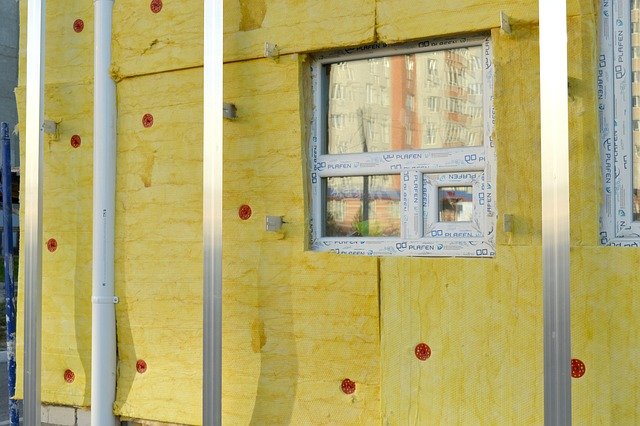Rethinking Industrial Design: A New Approach to Sustainable Operations
Industrial design has been an integral part of manufacturing for decades, influencing the way we produce, use, and dispose of products. Yet, with the growing urgency of environmental issues, it's time to reconsider traditional industrial design methods. This article delves into the new wave of sustainable industrial design, a movement that marries functionality with environmental responsibility.

A Shift in Paradigm
Historically, industrial design focused on creating products that were functional, efficient, and aesthetically pleasing. Resource consumption and waste generation were secondary considerations, if they were considered at all. However, in recent years, a shift is underway. Sustainable industrial design seeks to minimize environmental impact without compromising product quality or performance.
The Rise of Sustainable Industrial Design
Sustainable industrial design is not merely a trend—it’s a necessity. Fueled by increasing consumer awareness, legislative pressures, and corporate social responsibility, businesses are exploring ways to incorporate sustainability into their design processes. This approach involves considering the entire product lifecycle, from raw material extraction to end-of-life disposal or recycling.
Impact on Business and the Environment
The adoption of sustainable industrial design practices can yield significant benefits for both the business and the environment.
For businesses, it can help reduce production costs by minimizing waste, enhancing resource efficiency, and reducing reliance on non-renewable resources. It can also open new market opportunities, as increasing numbers of consumers prefer products that are sustainably designed and produced.
For the environment, sustainable industrial design can help alleviate issues such as pollution, resource depletion, and waste generation. By considering the environmental impact at every stage of the product lifecycle, businesses can significantly reduce their ecological footprint.
Challenges and Opportunities
Despite the clear benefits, adopting sustainable industrial design practices is not without challenges. These include higher upfront costs, the need for new skills and knowledge, and potential resistance to change. However, these challenges can be overcome with strategic planning, investment in education and training, and fostering a culture of sustainability within the organization.
Practical Insights for Sustainable Industrial Design
-
Incorporating sustainability in design doesn’t mean compromising on functionality or aesthetics. Strive to create products that are as beautiful and functional as they are sustainable.
-
Consider the entire product lifecycle in your design process. Think about how raw materials are sourced, how the product is manufactured, used, and ultimately disposed of or recycled.
-
Stay informed about the latest sustainable materials and technologies. These can help you create products that are more environmentally friendly and resource-efficient.
-
Engage with your stakeholders—employees, customers, suppliers, and the wider community. Their input can provide valuable insights and help drive your sustainability initiatives forward.
In conclusion, sustainable industrial design represents a significant opportunity for businesses to enhance their operations, meet consumer demands, and contribute to environmental preservation. While there are challenges to overcome, the benefits far outweigh them. By embracing sustainable industrial design, businesses can stay competitive, future-proof their operations, and play their part in creating a sustainable future.




